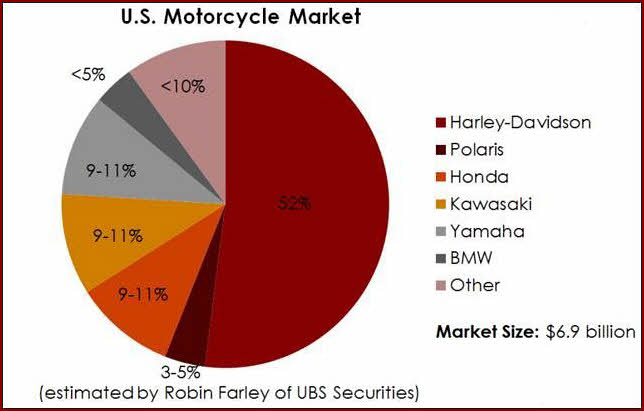The Radical Idea: Outsourcing that touches the customer is penny wise, but pound foolish
Think about how hard you work, how much time and resources you put in to get a customer’s attention.
It may be that you have methodically built up a content marketing powerhouse that pulls in new and returning customers. Or you invest a big part of your budget in social media advertising or print advertising. Maybe you’ve spent hours and hours scrubbing your list squeaky clean and creating valuable newsletters and a finely tuned, marketing-automation fueled drip campaign.
Whatever your marketing focus, you realize that getting customer attention for your marketing efforts is costly…and valuable (not to mention a privilege).
Now what if I told you that companies are throwing this valuable asset away every…single…day?
No, it’s likely not you and your peers in marketing. It’s probably the team in the Logistics Department. Maybe in your company they call it Fulfillment. Or perhaps it’s someone in some other department that is involved in product delivery.
These product delivery decisions are about so much more than cost and speed. They also affect customer perception because they touch the customer. Customer touches and those valuable moments of customer attention are just as valuable after a purchase as they are before a purchase.
When I brought up this idea to Shane Cragun, Founding Principal and CEO, SweetmanCragun, and co-author, “Reinvention: Accelerating Results in the Age of Disruption,” he told me that “customer touchpoints can also be called ‘moments of truth.’ They are connecting points between the company and customer where the customer leaves with a renewed perception of the company.”
Cragun said that these moments of truth touchpoints can only do one of three things:
1) increase customer loyalty
2) decrease customer loyalty
3) maintain the status quo in the buyer’s mind.
First, a personal anecdote to understand the challenge, and then a few reasons why you’re missing an organic opportunity to connect with current and future customers and ensure that you increase customer loyalty (or at least maintain the status quo).
That can’t be for me
I recently bought a clothes dryer from The Home Depot. The driver calls me and says he’s 15 or 20 minutes away. A little while later, I hear what sounds like a big truck driving down my street. I look out the window, but no, it’s just a pickup truck towing a plain, white trailer. Not a truck from The Home Depot. Must be a roofing contractor working on another house in the neighborhood.
But then I hear the truck noise again. Apparently, the truck had turned around in the cul-de-sac at the end of my block, and was in front of my house. So I walked out of the house and talked to the driver and, sure enough, they were delivering my dryer. The driver happened to be wearing a GE shirt, and I had ordered an LG dryer.
Now you may be thinking — Daniel, who really cares? What’s the difference which truck they were driving or what shirt he was wearing? Value perception, my friends. Value perception.
Marketing’s job is to turn actual value into perceived value
When you think of the marketing function today, there are likely many processes and tasks that come to mind. Managing a database. Making sense of analytics. Setting a drip campaign in a marketing automation platform.
But all of those activities are secondary. Marketing’s primary job is to influence perceived value. And you do that by clearly understanding and leveraging the actual value delivered to the customer.
In my case, the actual value delivered was spot on. The delivery people were helpful and nice, and they delivered and installed the appliance quickly and correctly. Really, everything a customer would expect in a home appliance delivery.
So it wasn’t the service itself. It was the perceived value of the service. And that is marketing’s job to influence.
But if you’re a marketer, here are four reasons you should own or influence as many customer touchpoints as you can:












